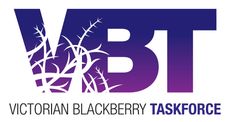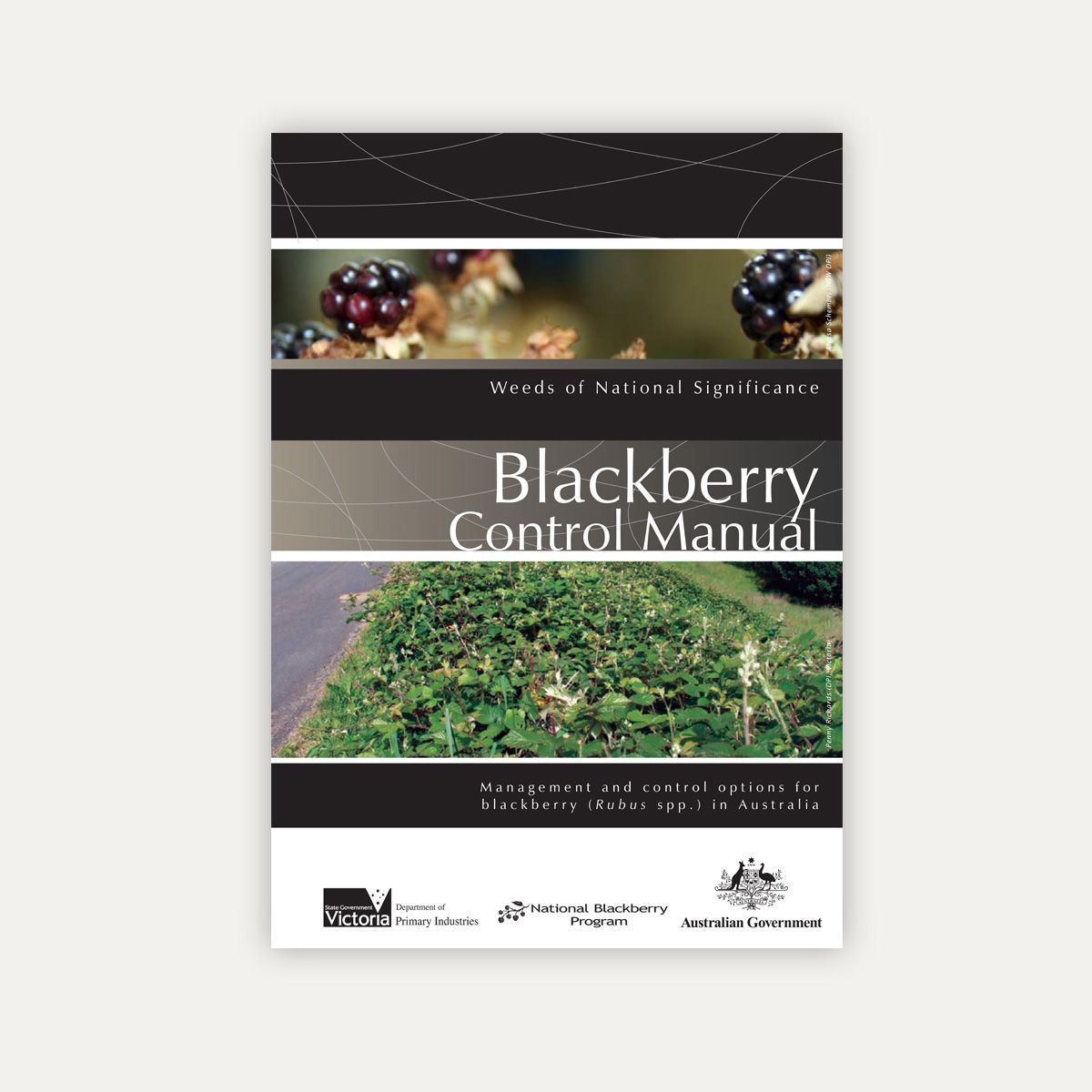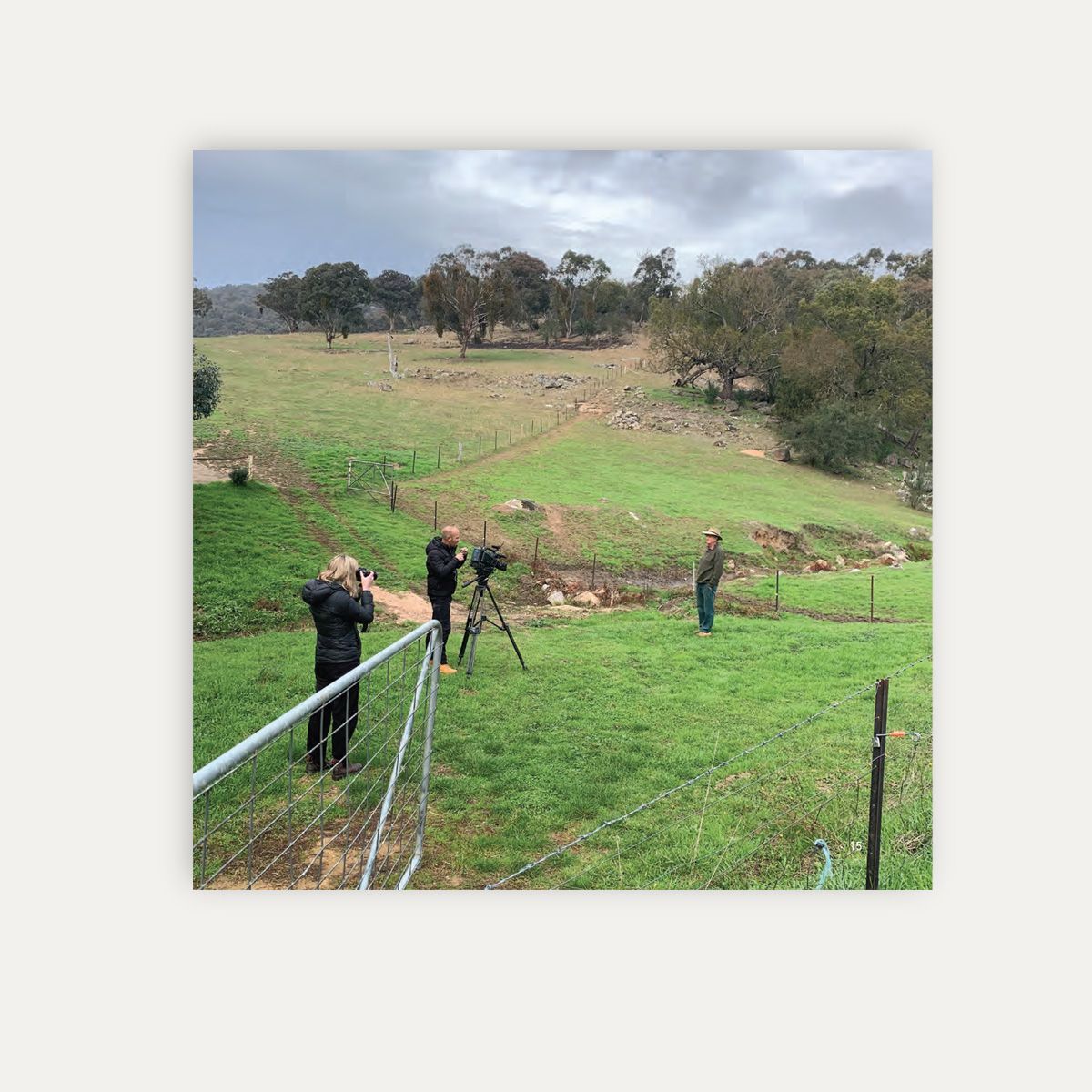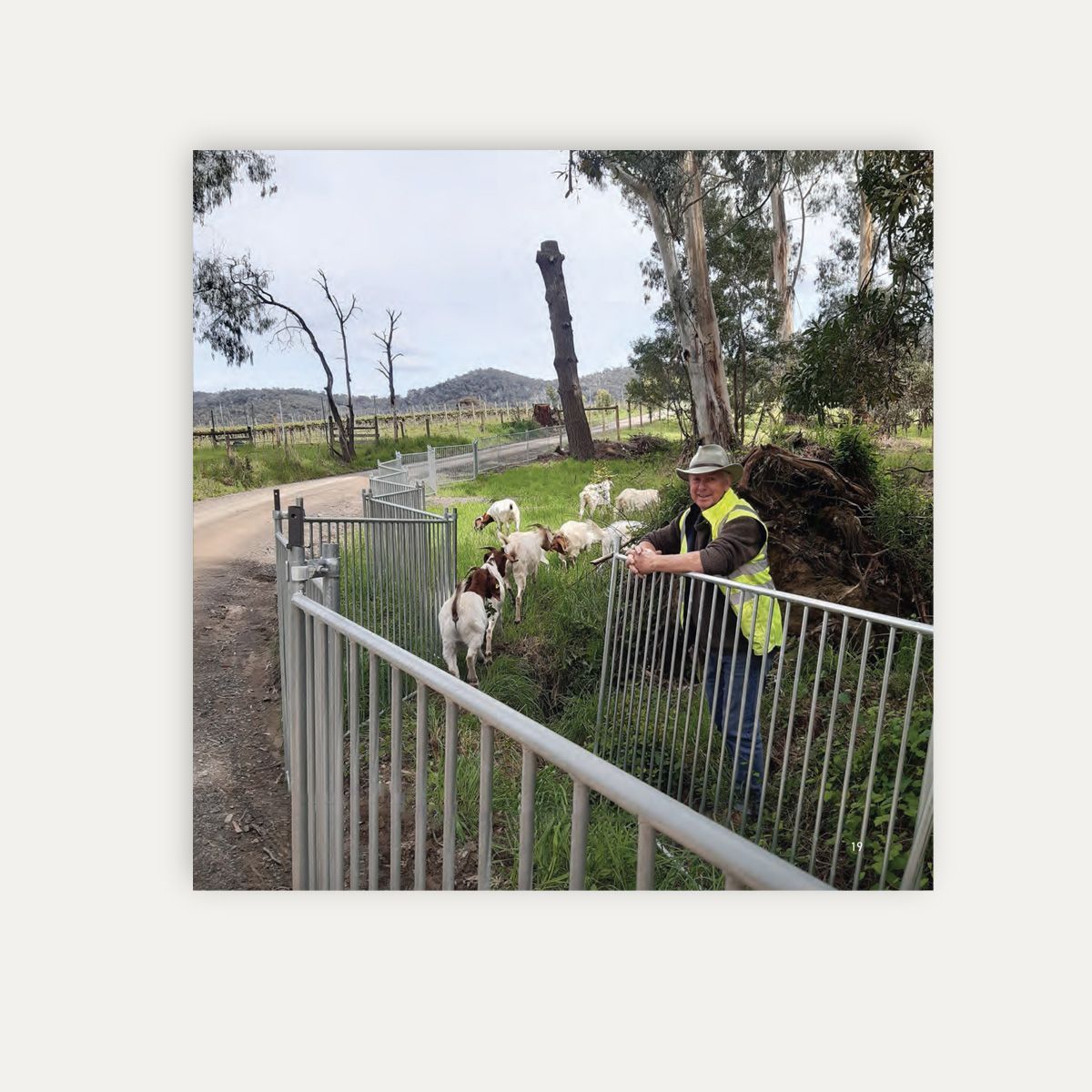Victorian Blackberry Taskforce
A Resource for Victorian Land Managers
Blackberry the weed
Blackberry the weed (Rubus fruticosus aggregate) is a serious issue across much of Victoria, and a serious concern for farmers, peri-urban land holders and public land managers.
Blackberry can severely decrease the productive capacity of land, alter water flow, lead to erosion problems and provide harbour for pest animals. In addition it can out-compete and displace native plant species and lead to a loss of biodiversity.
The Victorian Blackberry Taskforce was established in 2001 to work with Victorian communities and government agencies to provide a collaborative effort to control blackberry.
Together, the Taskforce’s community partnership program covers over 280,000 hectares of public and private land infested by blackberry.
Our website hosts a source of information on blackberry, control measures and case studies, and how your community can work with the Taskforce to establish a community-led program. If you have any questions, please don’t hesitate to contact us or visit our blog ‘blackberrytheweed’ for up-to-date information.

Managing Blackberry
Blackberries.
Let's take action together.
Managing blackberry is long-term and generally cannot be achieved by one-off strategies, particularly for larger infestations. The three main management options available for blackberry include physical control, biological control and herbicides.
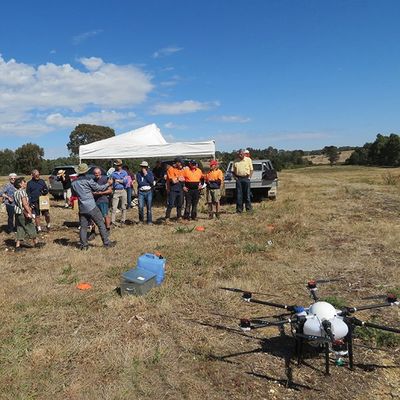
VBT Case Studies
Blackberries.
A community issue.
The Victorian Blackberry Taskforce is committed to working with communities and partner agencies to reduce the growth and spread of blackberry in Victoria. The Case Studies featured here demonstrate the determination of communities and individual landholders, in a range of circumstances, to find ways of tackling blackberry to reclaim and restore land.
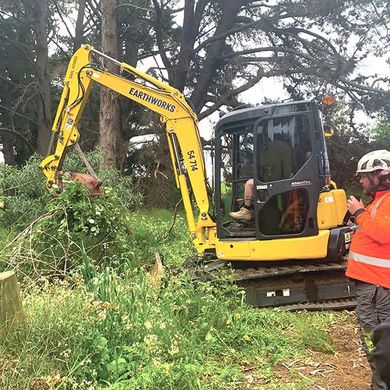
VBT Achievements
VBT Progress Report.
The main objective of the Victorian Blackberry Taskforce (VBT) is to oversee implementation of the Victorian Blackberry Strategy (VBS), with the key goal to reduce the growth and spread of blackberry across Victoria. The emphasis is on education, advocacy and providing accessible information and support for public and private land managers to control blackberry.

